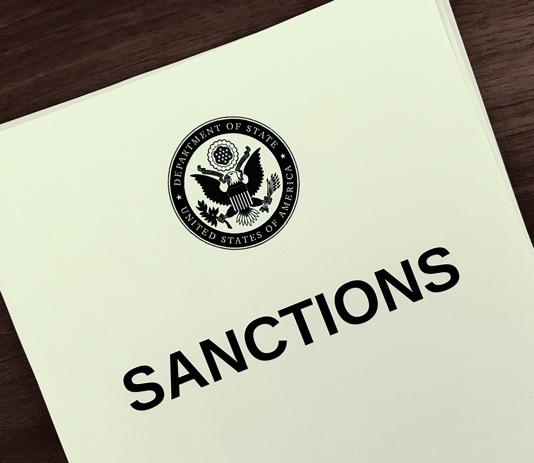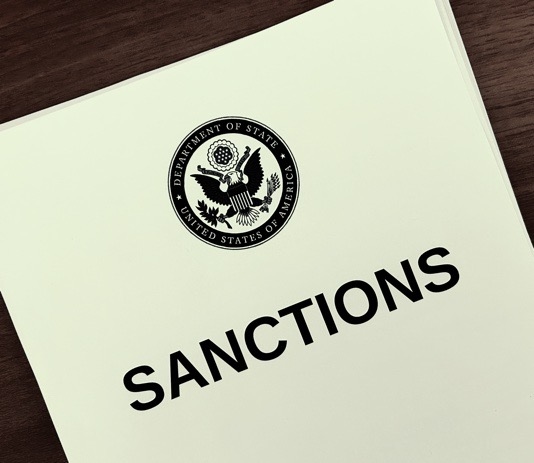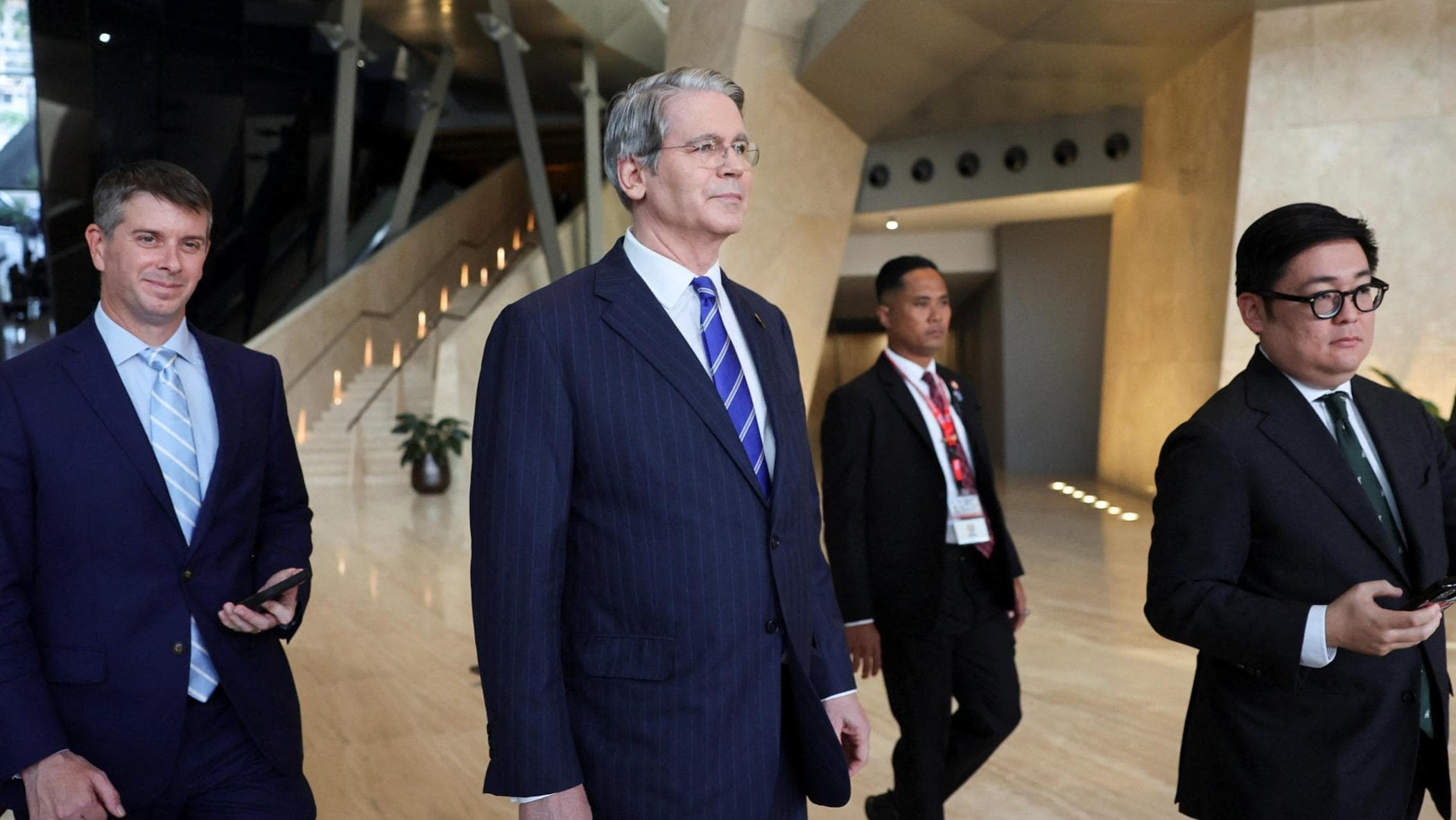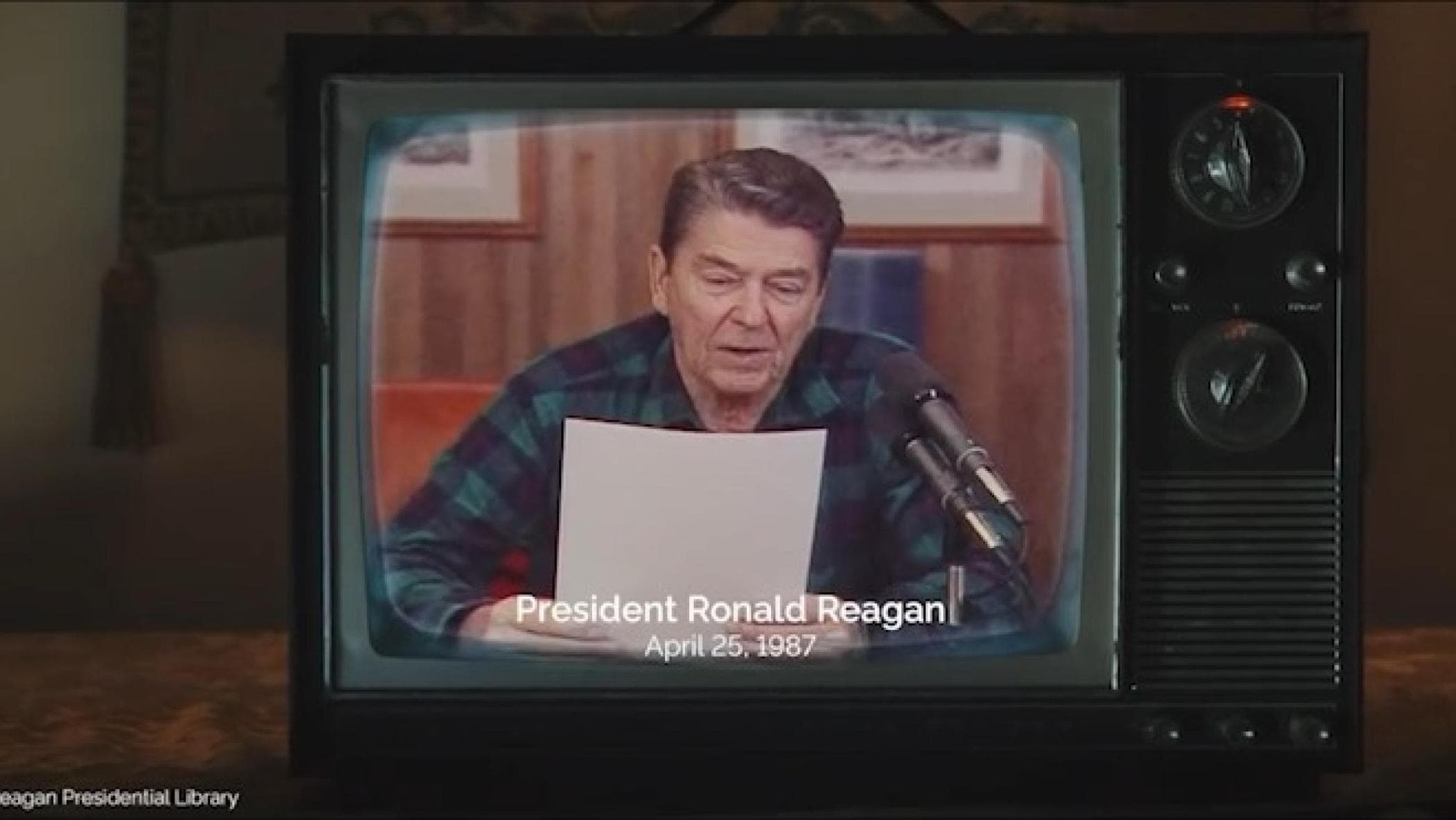Russia: US imposes sanctions, but GDP grows by 3.6%

by Giuseppe Gagliano –
Since Russia invaded Ukraine in February 2022, the US Treasury Department and its allies have deployed a dense network of financial, technological, and energy sanctions to isolate Moscow and undermine its war effort. Freezing the Central Bank's assets, excluding it from the SWIFT system, capping oil prices, and limiting semiconductor exports have marked the key stages of this strategy. With Donald Trump's return to the White House, this stance has not been dismantled: it has become less ideological and more negotiating, but remains tough on Vladimir Putin. The White House is threatening tariffs and secondary sanctions to pressure Moscow into a ceasefire and has directly targeted two pillars of the Russian economy, Rosneft and Lukoil. The financial front remains central. Freezing foreign reserves, blocking dollar trade, and limiting access to capital markets deprives the Kremlin of crucial leverage. The restrictions affect approximately 80% of Russian banking assets. Added to this is the price cap imposed by the G7 countries on Russian oil exports and the US ban on energy imports, gradually extended to enriched uranium. The European Union, though divided, has launched a partial embargo on oil and refined products and intends to permanently halt Russian gas imports by 2027. But the goal is not to destroy the Russian economy, but rather to limit its ability to finance the war, eroding macroeconomic stability over time. This is a gradual approach, focused more on sustained pressure than a one-and-done blow. The reality, however, shows Russia to be more resilient than many Western analysts predicted. According to the International Monetary Fund, Russian GDP grew by 3.6% in 2024 thanks to a war economy and the strategic use of its energy resources. Moscow had accumulated enormous reserves even before the invasion and has redirected much of its international trade to China and India, circumventing price caps with a "shadow fleet" of oil tankers. In 2023, over 90% of bilateral trade with Beijing was conducted in rubles and yuan, a sign of a slow decoupling from the dollar. Sanctions have certainly caused shortages of technology and medicines, but they have not led to an economic collapse. Russia has transformed external pressure into a stimulus to reorient its economy towards alternative channels and consolidate a structured war economy. The geopolitical dimension of the sanctions is clear: not all countries have followed the West. Some, like China and India, have expanded their energy ties with Moscow. Others, especially in Asia and the Middle East, have assumed an intermediary role, importing Western goods and then redirecting them to Russia. This patchwork of positions limits the effectiveness of the sanctions mechanism, creating a parallel system of trade that reduces Moscow's isolation. At the same time, two-thirds of the more than $330 billion in frozen Russian assets remain in Europe, particularly Belgium, and the question of their use for the reconstruction of Ukraine remains open. US and EU measures are thus reaching saturation point, while Moscow adapts and diversifies its trade relations. Strategically, sanctions have neither stopped aggression nor forced Russia to negotiate. Rather, they have sent a political signal: the violation of fundamental norms cannot go unanswered. The deterrent effect is more symbolic and diplomatic than military. At the same time, the cumulative economic cost risks weighing heavily in the long term, especially if the channels of circumvention are progressively closed.
The West has chosen economic pressure to avoid a direct confrontation. Moscow has so far chosen to resist, adapting and recalibrating its strategy. In this tug-of-war, the game is played out over time: which will wear out first, the Russian economy or the West's political will to maintain the pressure?
notiziegeopolitiche





